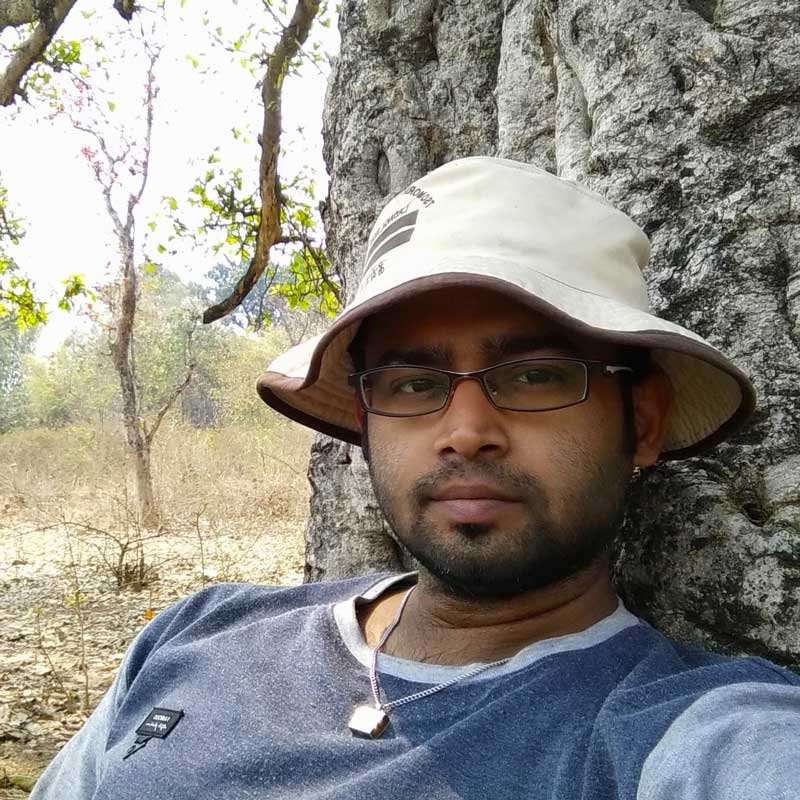
Batch: 2019
Though I did my bachelors in Electrical Engineering, and worked in the corporate sector for years, I always wanted to do what I’m doing now, working for the conservation of nature. It was not an easy task to jump from one field to another which is completely unrelated, but I’m glad that I’ve made the transition, and been able to join the cohort of many others like me. During my corporate days, I engaged myself with multiple conservation-based research projects. This of course equipped me to steer myself toward this field. While doing my MSc from Pondicherry University in Ecology and Environmental Sciences, I executed a couple of short-spanned research works on birds, plant-insect interaction, and spiders. Also, at this time, we (me and a few like-minded friends) took on outreach activities to spread awareness, and talk about environmental issues. I continued the same as a naturalist for a short while after my MSc and before joining the PhD program at ATREE.
